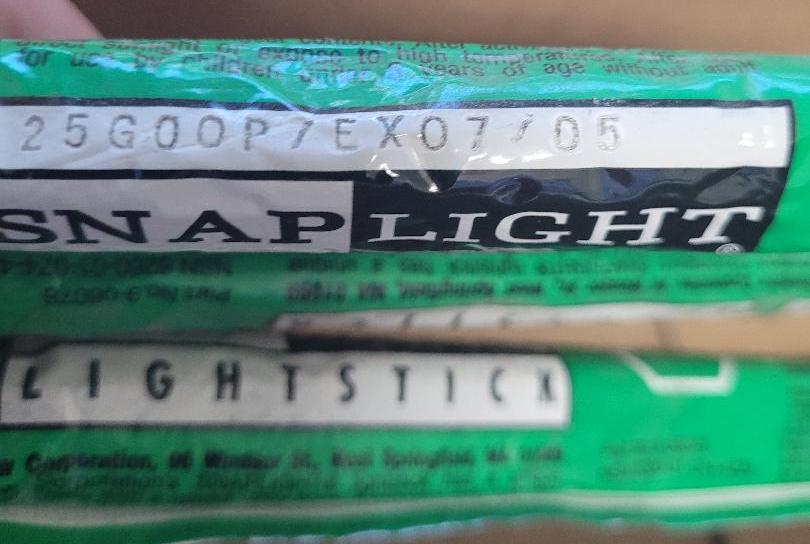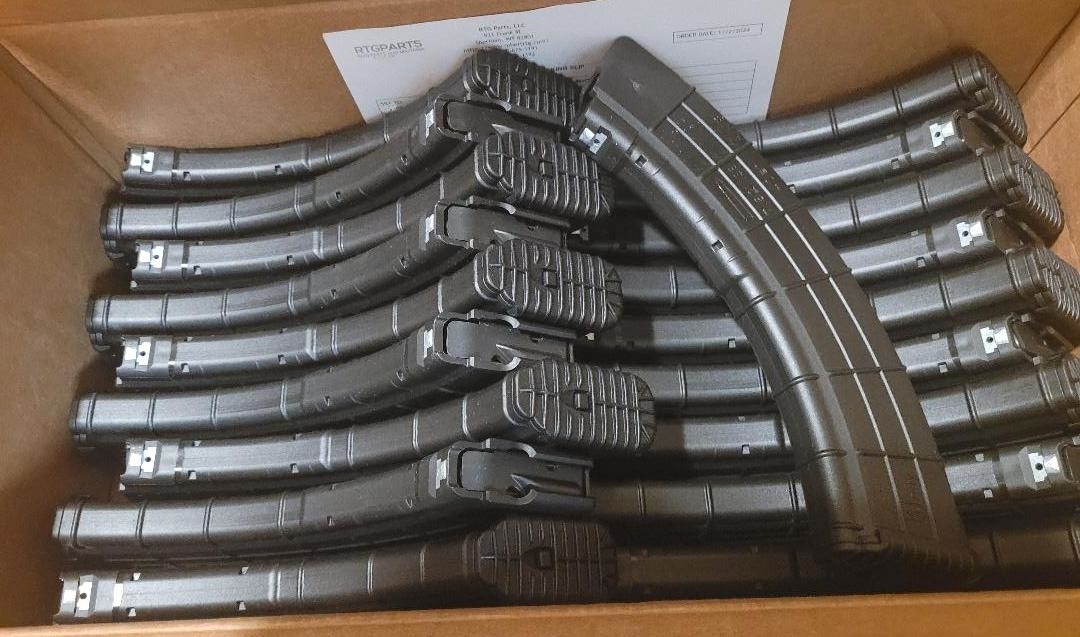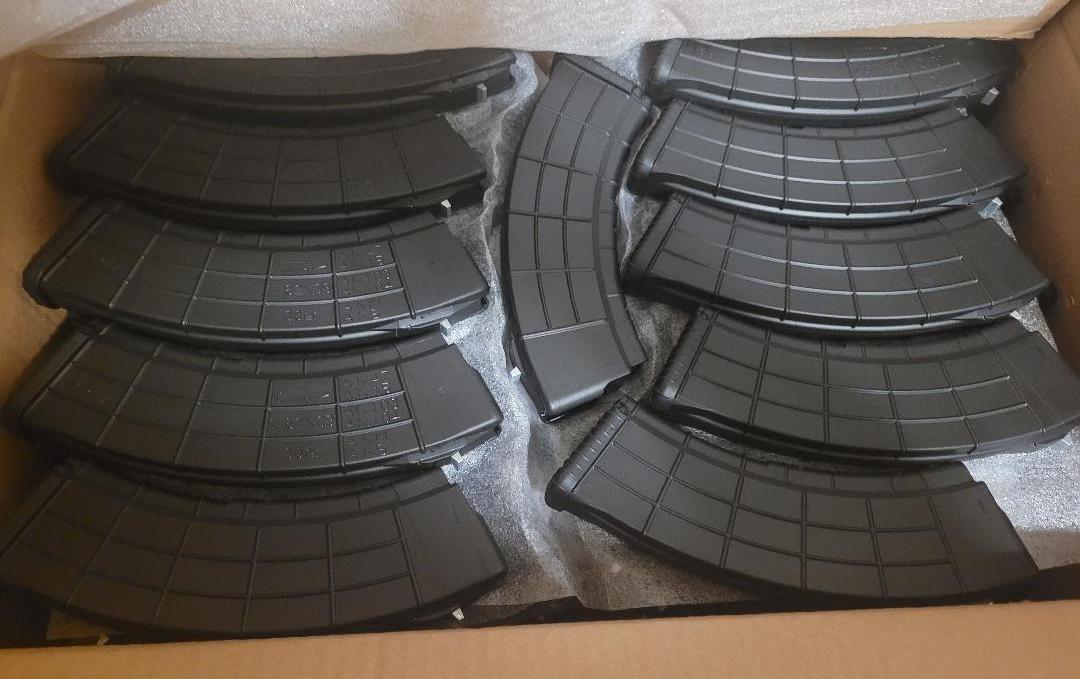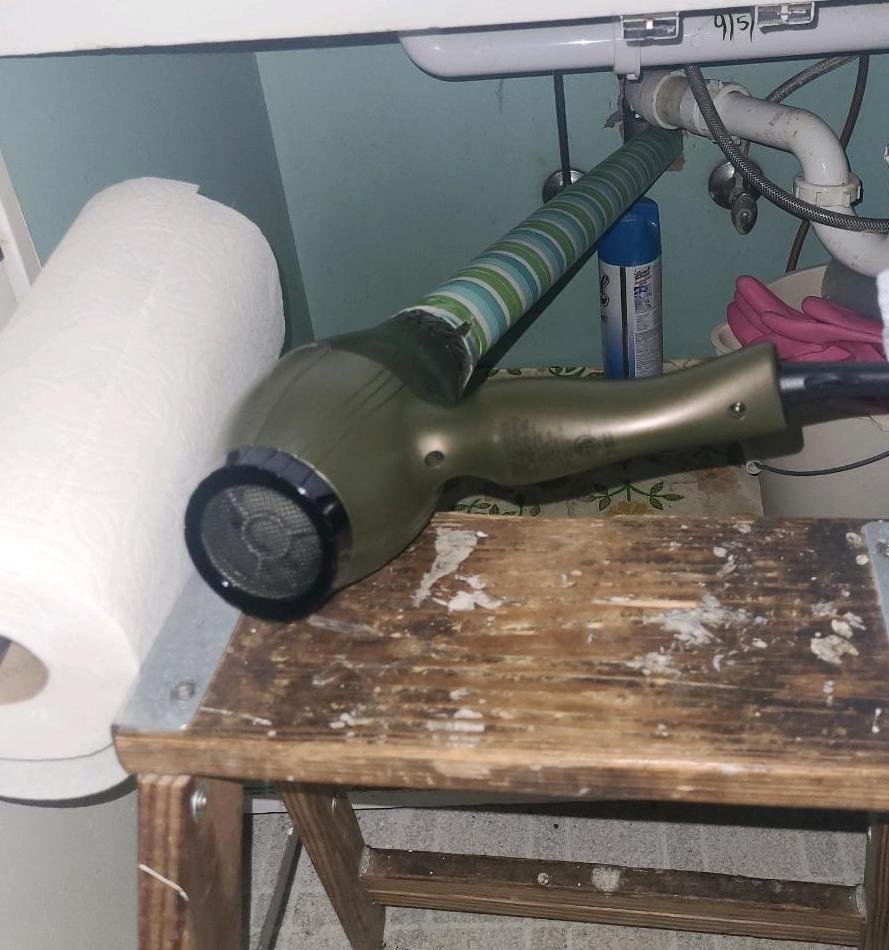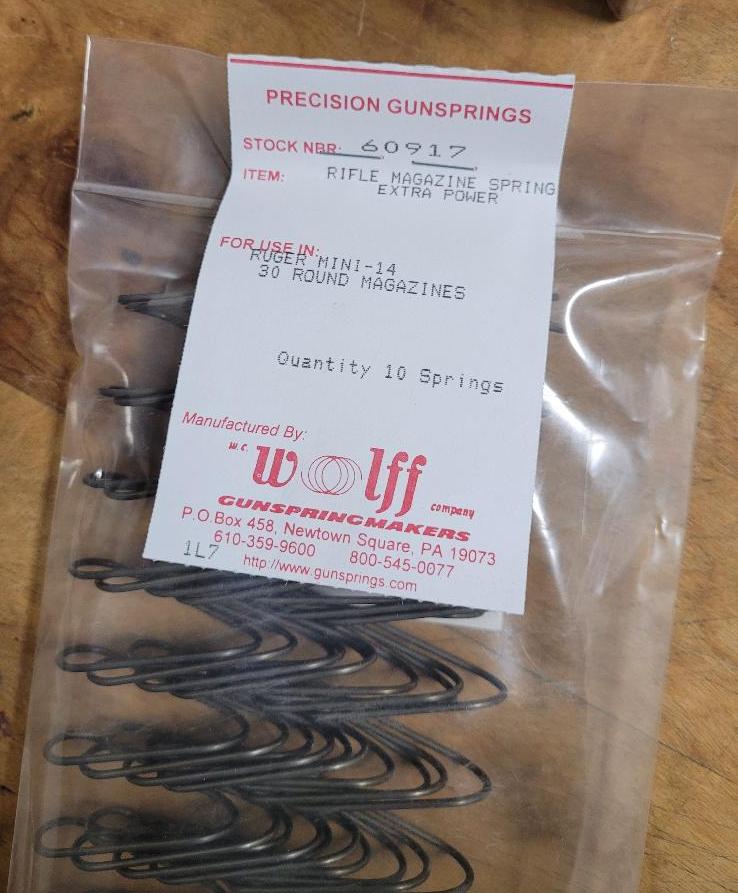Being Montana, it’s very easy to sweat your bollocks off during the day and, once the sun goes down, freeze them off at night. Even in the middle of July you can get snow up here in the mountains and if you’re stuck somewhere there’s a much-better-than-zero chance that you could be in a good bit of trouble in regards to staying warm and, y’know, not dying. Or worse, you live but without your toes/feet/hands/fingers/ears/nose.
Because that risk is pretty much always present here in the great state of Montana, I go a tiny bit overboard/OCD when it comes to having in my gear a way to napalm the scenery.
Usually, a Bic lighter is the go-to. But it isn’t 100% reliable. Nothing is. That’s why I go for the suspenders-and-a-belt approach. I carry matches in my pants pocket, in my gear bag, and in my outerwear. Why? Because life has a weird habit of creating situations that separate you from your gear.
Matches are usually stored in a match safe. It’s a waterproof container to hold matches and some striking surface. Thats it. Nothing more complex than that. Old pill bottles work perfect for this task, old-school film canisters were ideal, and there are plenty of plastic made-in-China match safes for sale at the local WalMart camping section.
And although it’s doesnt have to be more complex than that, you can make it a bit more complex. I enjoy nice things, I can afford them, and I like giving myself every margin of advantage I can, so I spent the money and went for the rather lovely Exotec Matchcap XL..
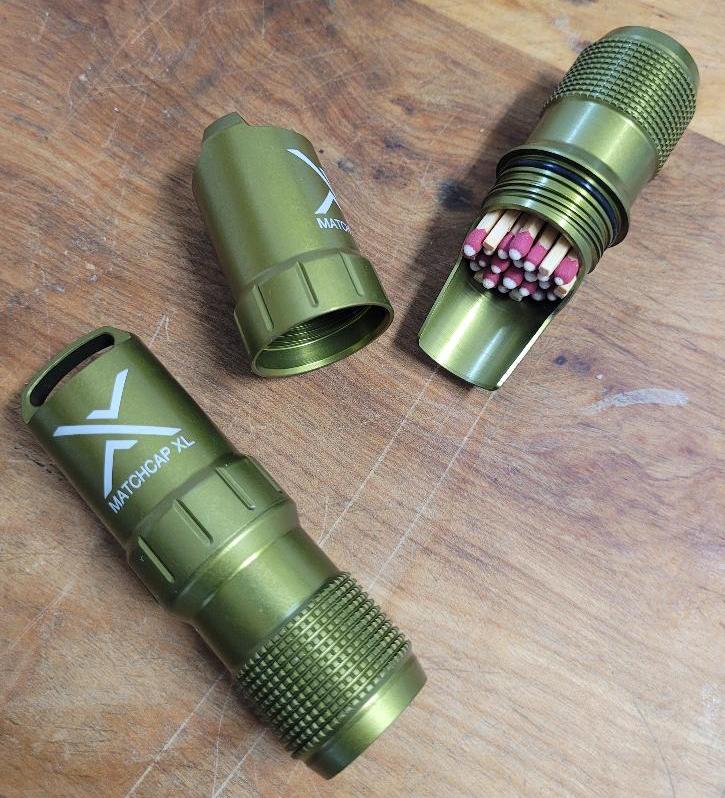 Fairly spendy at about forty bucks. But, this is a case of something that will, literally, last the rest of your life and it does have some nice features. I’m a big fan of lanyard attachment points because any piece of gear critical enough to affect your ability to stay alive is critical enough that you want a way to make dang sure it doesn’t go anywhere if you take a tumble or have to run for your life. Subdued green, waterproof, crushproof, has striking surfaces, and, most importantly, holds the large lifeboat matches as well as regular kitchen matches.
Fairly spendy at about forty bucks. But, this is a case of something that will, literally, last the rest of your life and it does have some nice features. I’m a big fan of lanyard attachment points because any piece of gear critical enough to affect your ability to stay alive is critical enough that you want a way to make dang sure it doesn’t go anywhere if you take a tumble or have to run for your life. Subdued green, waterproof, crushproof, has striking surfaces, and, most importantly, holds the large lifeboat matches as well as regular kitchen matches.
If you’re a little more budget-minded, the UCO Stormproof Match Kit is what I used to carry before I started making grownup money. They are simple plastic screw-top match safes with a striker pad on the side. I very much like them and use them as secondary or tertiary level gear. They’re inexpensive enough to be able to buy a bunch to spread across you and your buddies’ gear, but still a good quality product. The UCO comes with the lifeboat matches that are a big upgrade from your standard wooden kitchen match. More about those later.
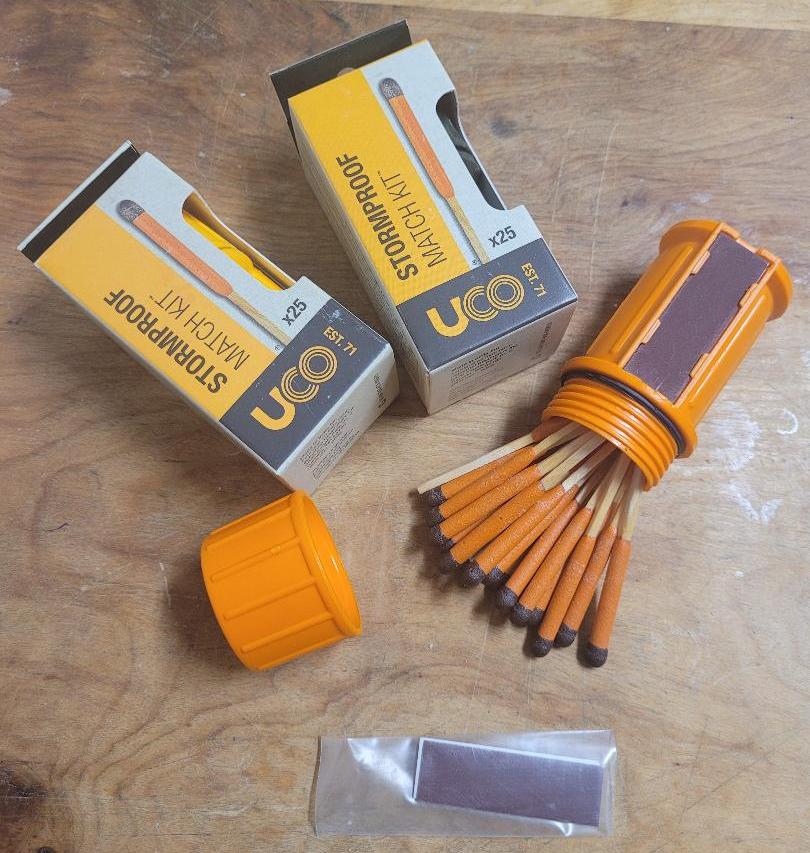 The UCO product is everything you need, and nothing you don’t. The striker is mounted externally on the safe, which means it can be damaged or get wet. However, anyone with half a brain will always carry an extra strike inside the match case making sure the striker is protected against rubbing up against the enclosed matches. (That why the extra strikers are in itty bitty plastic bags.)
The UCO product is everything you need, and nothing you don’t. The striker is mounted externally on the safe, which means it can be damaged or get wet. However, anyone with half a brain will always carry an extra strike inside the match case making sure the striker is protected against rubbing up against the enclosed matches. (That why the extra strikers are in itty bitty plastic bags.)
Not to be outdone..the Zippo people, of cigarette lighter fame, have their own version as well. Their Typhoon Match Kit probably takes the prize for best thought out design, but it’s a brick…about the size of a flash bang grenade. What I really like about this thing is that they put a very generously sized striker pad on the bottom of the case and then its covered with a watertight flip-off cap. Lanyard attachment point? Yup. Capacity? I can get 19 of the supersized matches in there along with an extra striker pad. Its worth pointing out that Zippo also makes a similar product that features a sparker and a storage space for a bunch of tinder blocks.
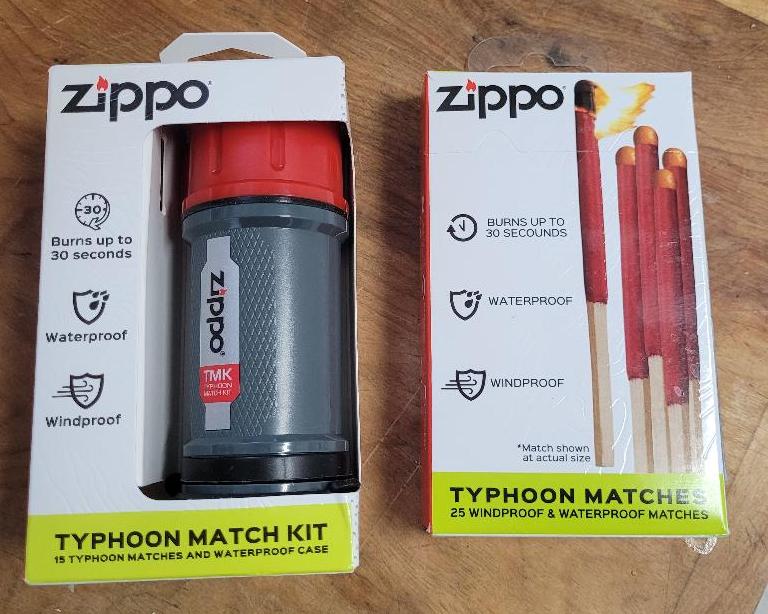 Or, you can channel your inner Dakin and rail about expensive yuppie survivalist toys and re-use the pill bottles you got with your VA meds. Those will work just as well.
Or, you can channel your inner Dakin and rail about expensive yuppie survivalist toys and re-use the pill bottles you got with your VA meds. Those will work just as well.
As for matches, that’s gotten a bit interesting as of late. Normally, I’d load up on strike-anywhere wooden matches and stuff a couple strike pads in there as well…just in case. Good to go, and never had a problem. But, just because you haven’t had a problem doesn’t mean you won’t. Wooden kitchen matches work great but theyre still just matches…susceptible to wind and rain as you’re trying to light that fire so you don’t wind up a human popsicle. Enter the lifeboat matches – these things are longer than the wooden kitchen match, thereby necessitating a larger match safe. The claim to fame for the lifeboat match is that once it is ignited, you pretty much can’t put it out until it stops flaring. Think of it as a tiny road flare that burns for about 5-7 seconds. I usually do a mix of lifeboat matches and kitchen matches because 90% of the time the cheap kitchen match works just fine. But when its a dark and stormy night, well, the more expensive lifeboat matches come in handy when all thats standing between you and a Jack London story is your ability to build a fire. And, as I recently discovered, they now make a magnum version of the lifeboat match. These things are huge, and you’ll need a matchsafe that was designed to accommodate them, but theyre definitely the first choice for lighting something up in truly bad weather.
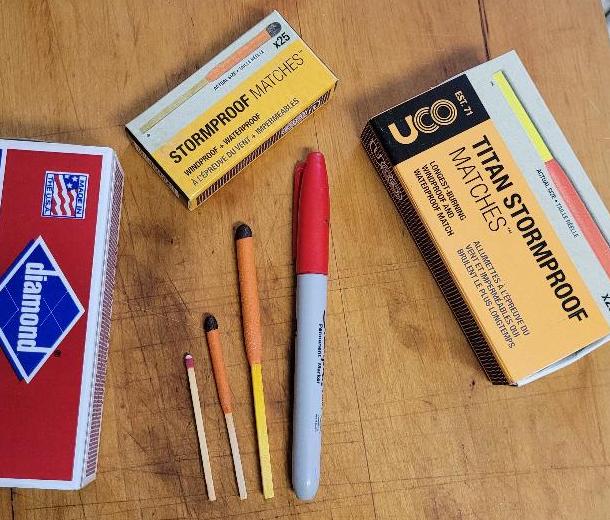
L to R: wooden kitchen match, lifeboat match, magnum lifeboat match, Sharpie for scale.
Now, look, I’m the first to admit that 90% of this is gilding the lily…you can stuff 50 strike anywhere kitchen matches and theire striker into a pill bottle and be squared away for less than a dollar. I did that for years and was never ‘undergunned’ when it came time to turn wood into smoke. But, as I said, I appreciate nice things, I can afford them now, and I like taking advantage of some features that were not previously available in this marketspace.
As I said, I like to carry more than one match safe because I like to have backups for critical stuff. And I like to carry one in my bag, in my outerwear, and, finally, in my pants pocket. For that sort of redundancy, the UCO three-pack of match safes is an easy one-shot purchase. But, whatever you decide to do…go the bargain route of an old pill bottle and some kitchen matches, or the evil yuppie survivalist route of something that actually costs money…do something. Portable fire is always a handy trick to have up your sleeve.
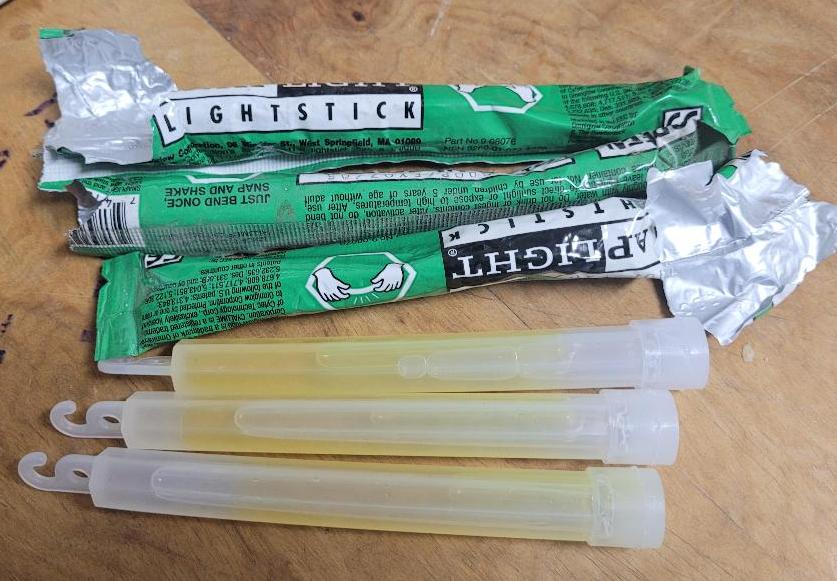 No leaks. Nothing broken. Vials inside the plastic tubes are fine. All looks good. Other than chemical degradation over almost twenty years, there shuldn’t be any reason these shouldn’t work. But, I didnt come all this way for theory. Lets crack these in half and see what does (or does not) happen:
No leaks. Nothing broken. Vials inside the plastic tubes are fine. All looks good. Other than chemical degradation over almost twenty years, there shuldn’t be any reason these shouldn’t work. But, I didnt come all this way for theory. Lets crack these in half and see what does (or does not) happen: As I 99.99% expected – they work fine. I suppose I should revisit them in a few hours and see how much life they have left in them but for my uses these are strictly short-term illumination devices. I use them to find my way to a real flashlight or lamp, or theyre for marking something.
As I 99.99% expected – they work fine. I suppose I should revisit them in a few hours and see how much life they have left in them but for my uses these are strictly short-term illumination devices. I use them to find my way to a real flashlight or lamp, or theyre for marking something.
